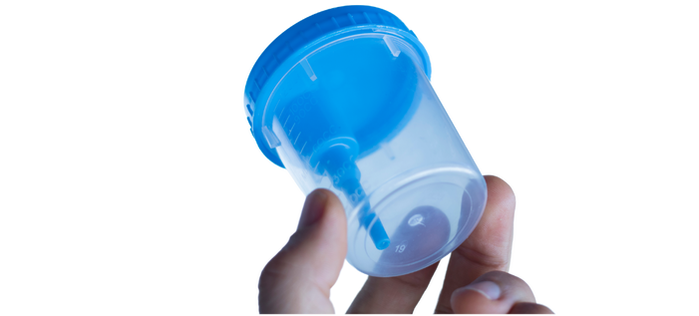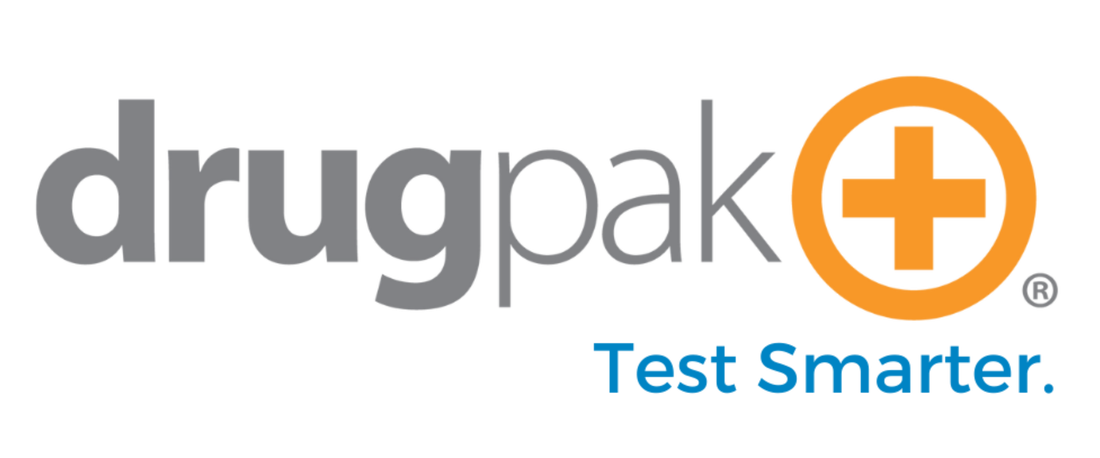|
Pre-employment:
A pre-employment test is a test administered to an applicant prior to beginning work. This test may be used for all applicants, or for a select category of applicants, such as those applying to work in safety-sensitive positions. Pre-employment testing is best thought of as a condition of employment (post-offer, pre-hire). Post-accident:
Post-accident testing is completed following an accident or incident that meets certain criteria to warrant a test; examples include if an accident causes a certain amount of damage to a vehicle, injuries to personnel, etc. This type of test is used to determine the possible contributing factors to an accident or incident. The most important aspects of post-accident testing are understanding how an accident is defined, and that an individual subject to a post-accident test is removed from safety-sensitive duty until their test has been administered. Return-to-duty:
Return-to-duty testing occurs following a violation, or a non-negative drug or alcohol test. In other words, for an employee to return to work after a failed test, they will likely be instructed to complete some sort of substance abuse education program, or even rehabilitation. Once the required program or rehabilitation has been completed, the employee will complete the return-to-duty test. If this test is negative, they are eligible to return to work Reasonable suspicion:
Reasonable suspicion tests occur when one or more supervisors objectively observe specific physical behaviors that may be indicative of illicit substance use. Once the behavior has been observed and thoroughly documented, the employee should immediately be removed from safety-sensitive duties to complete their test(s). |
Random:
Random testing is used to maintain safety throughout the workplace by selecting a sample of personnel for testing during each random selection period. Each period may be one month, one quarter, or any other duration the employer establishes. The employer, or other governing agencies, can determine what percentage of employees will be selected for a random in each period. For a random testing program to be successful, each employee must be eligible for selection in every period regardless of previous random tests completed. Periodic:
Periodic drug testing is a less common reason for testing and may sometimes be confused with random testing. Periodic testing instead is a simple program designed to mitigate employee drug use by requiring existing employees to test on a consistent basis (e.g., complete one drug test at the beginning of each calendar year). Periodic drug testing may be instituted when a company is not required to have a random testing program but may benefit for other reasons by having some form of consistent drug or alcohol testing plan. Follow-up:
Follow-up testing typically follows a successful return-to-duty test outcome. Once an employee is reinstated to their position, they may be required to adhere to a follow-up testing program. These programs can range from a few tests per year, to weekly or even daily testing, depending on contractual or regulatory requirements. Regardless of required frequency, follow-up tests are typically unannounced, and administered to the required individual at random times. |



